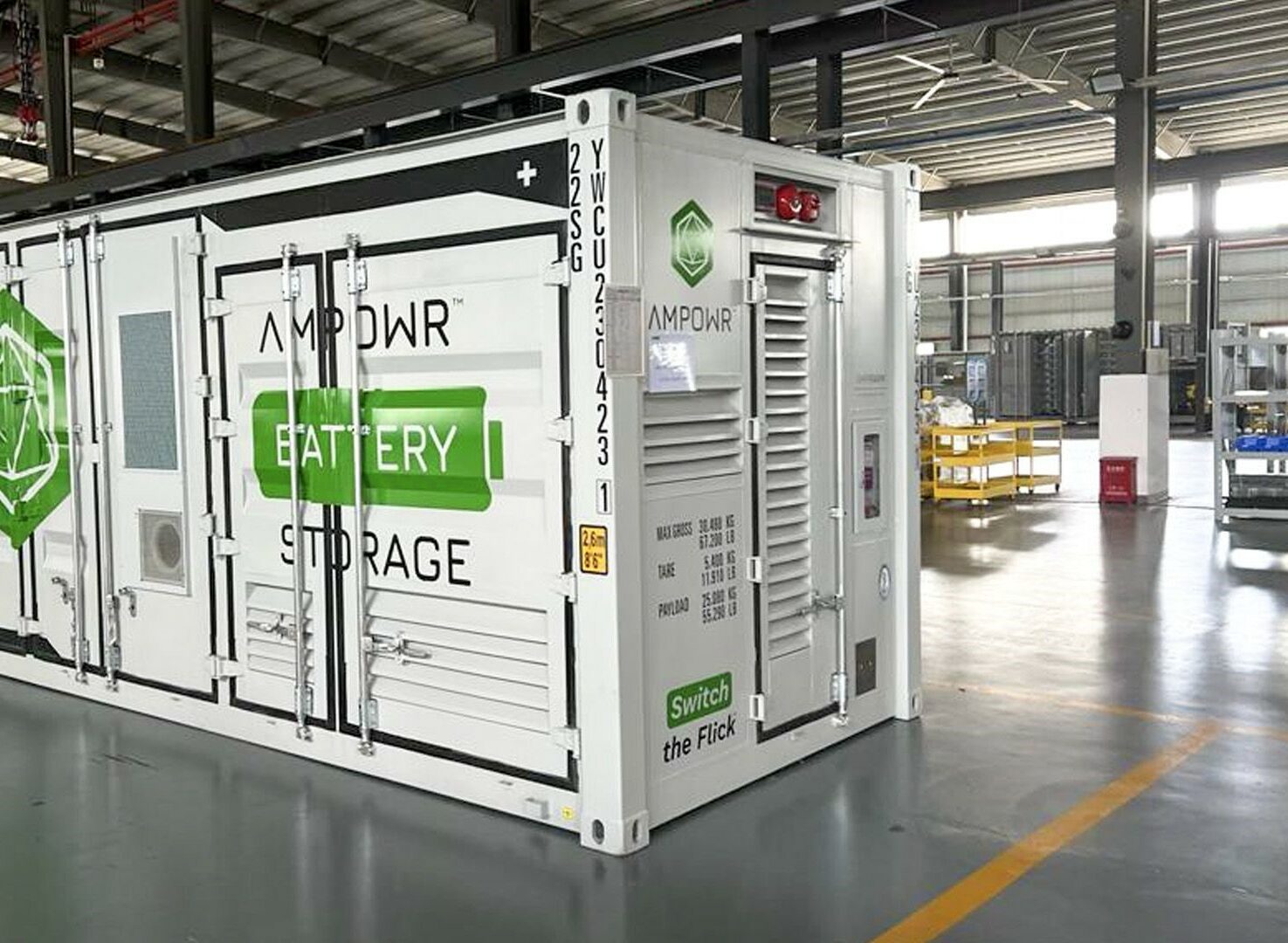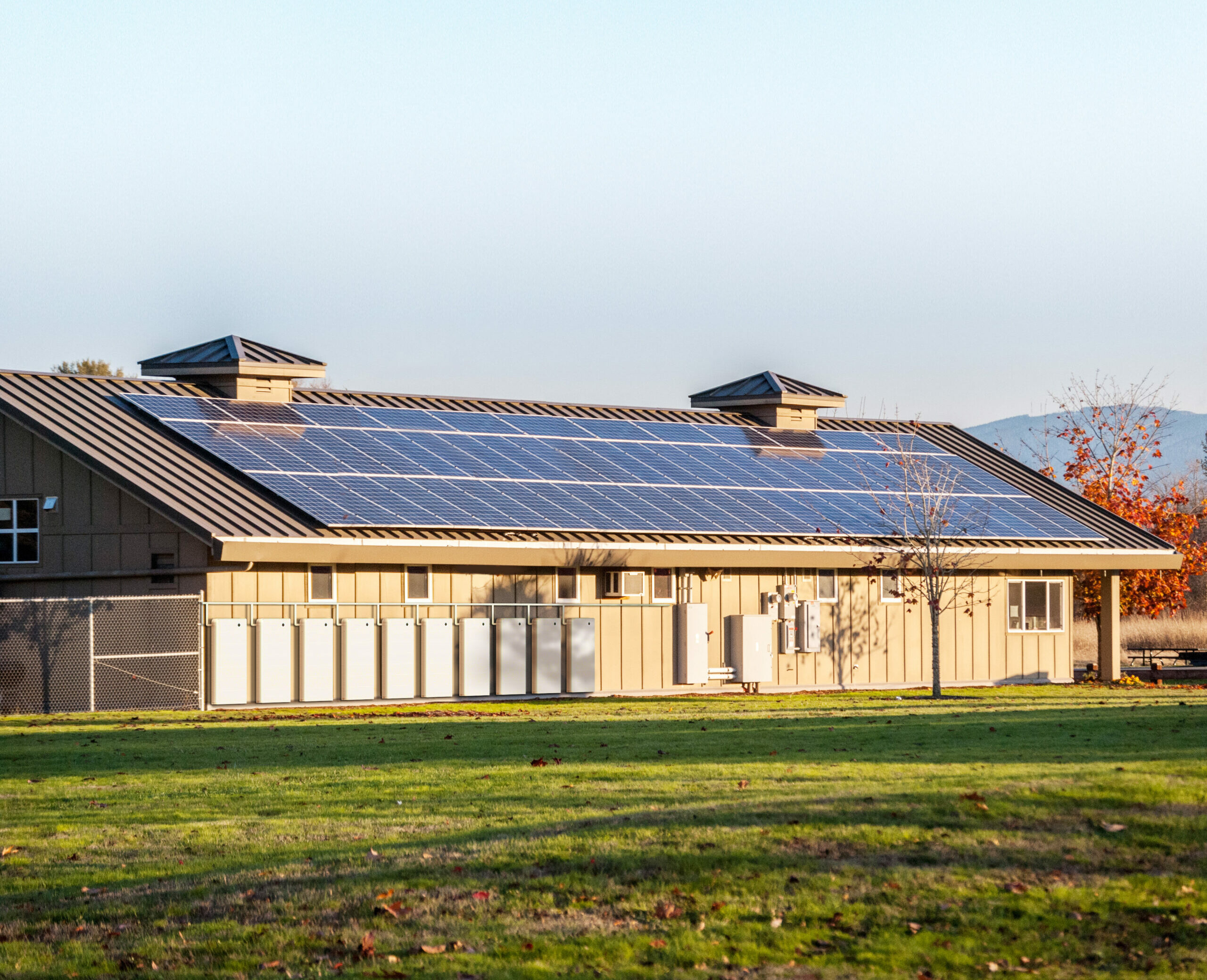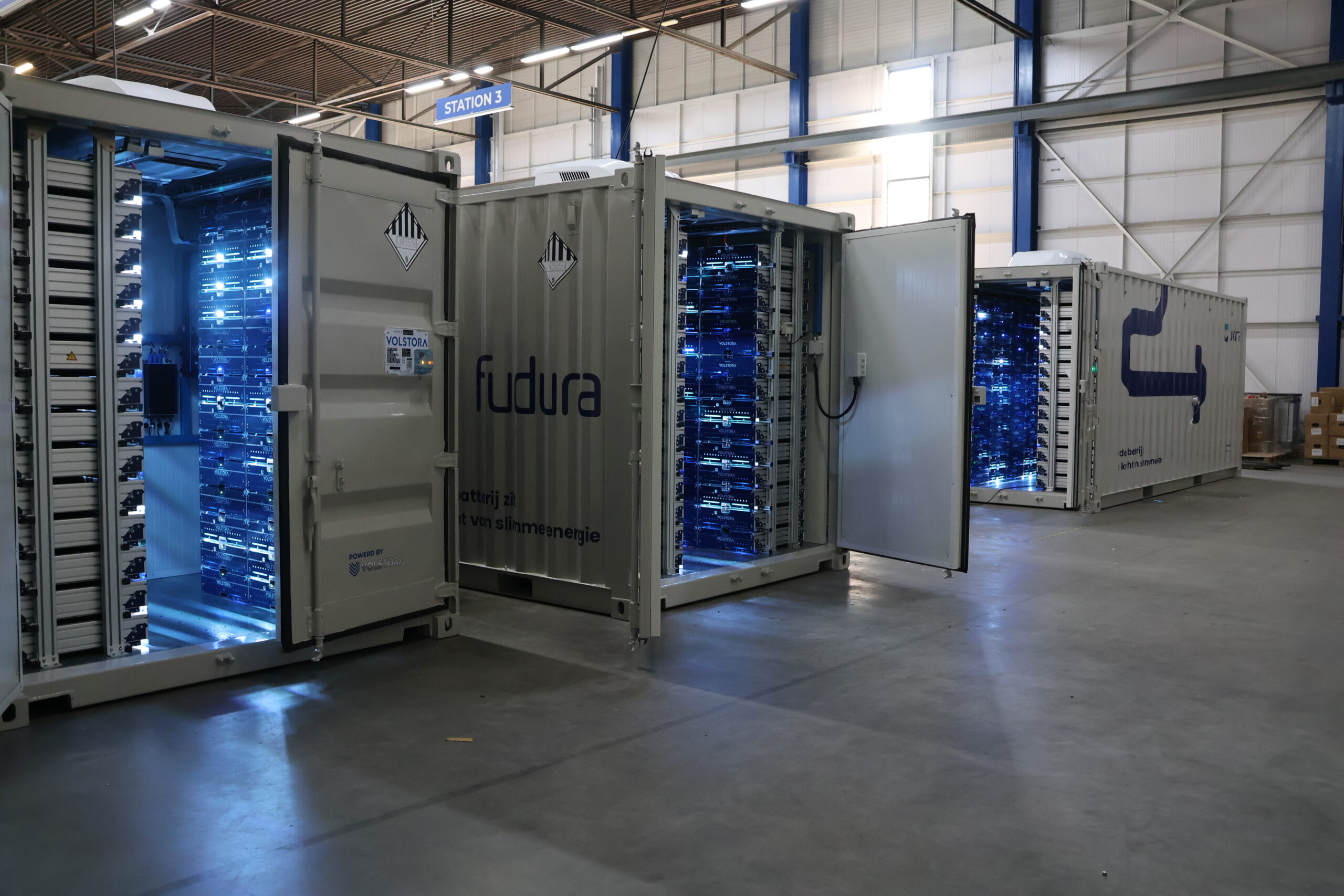Energy Storage Without Worries
Energy storage systems (ESS) are the backbone of the energy transition. They balance the peaks and troughs in sustainable energy production, ensuring electricity remains available even when the sun isn’t shining or the wind isn’t blowing.
However, behind the promise of stability lies a risk that is often underestimated: (fire) safety.


Fire Hazards, Explosions, and Toxic Fumes
Lithium-ion batteries, the dominant technology in energy storage, come with specific safety risks:
- Fire hazards due to overheating or technical defects;
- Explosion risks caused by fire or mechanical damage;
- Toxic fumes;
- Prolonged fires that are difficult to extinguish.
Poorly managed storage not only means financial loss but also poses a direct threat to people and the environment.

Insurance: The Underrated Safety Net
Many business owners only realize how limited their coverage is after damage occurs. Under which insurance does an outdoor battery container fall? Who compensates for the loss during downtime? A standard policy often offers insufficient protection.
A dedicated Energy Storage All-Risk Insurance is not a luxury but a necessity. This insurance not only covers damage from fire, vandalism, and lightning strikes but also compensates for production loss during downtime.

The Price of Negligence
Insurers set strict requirements for insuring energy storage systems. Without a positive Scope 10 inspection, the right location, and thorough documentation of installation and maintenance, it can be challenging to obtain insurance. Additionally, insurers may refuse compensation if the agreed safety and security requirements have not been met.
Some common conditions include:
- Advanced fire detection and automatic extinguishing systems (water or gas);
- A safe installation location (at least 10 meters from buildings and 2.5 meters between containers);
- Regular inspections and maintenance reports.

From Risk to Assurance
Energy storage is a promising but complex investment. Taking out insurance is not a formality but an essential part of risk management.
By integrating safety and insurance from the start, you not only prevent financial setbacks but also contribute to a robust and sustainable energy supply.
Are you sure your energy storage system is properly insured and safe?
Don’t let it become an expensive lesson!




